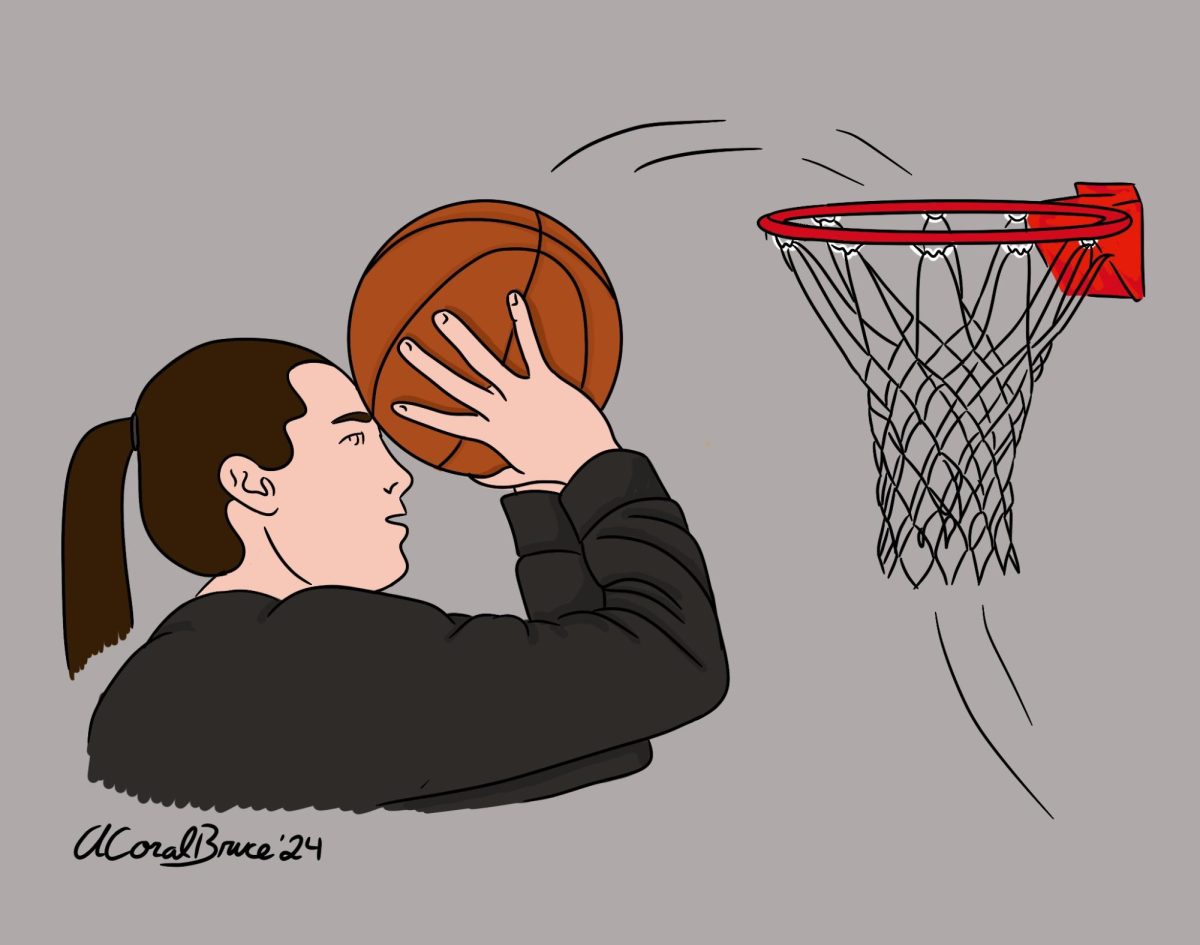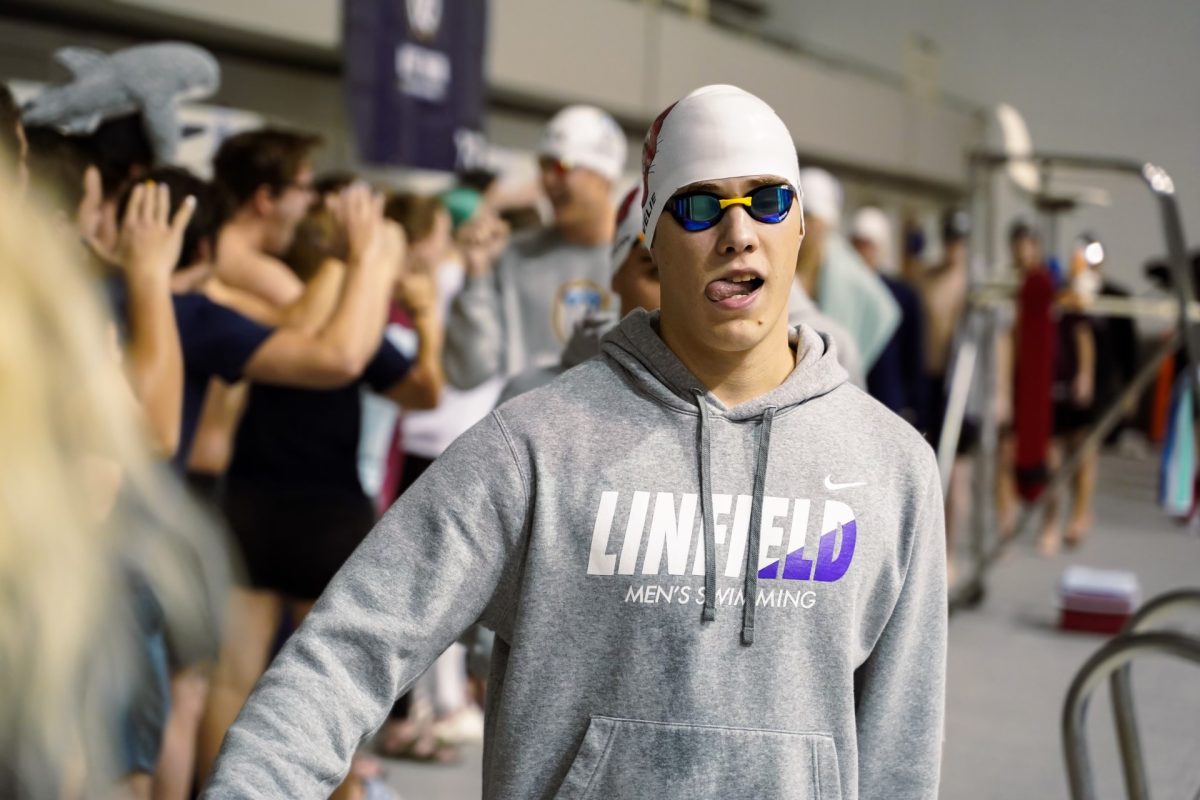The 2014 Winter Olympics is here Wildcats. The games are held in Sochi, Russia and the opening ceremony was on Feb. 7. If you are anything like me, besides not recognizing a handful of the 88 countries participating in the winter games, you also may have not recognized the wide range of events that athletes around the world are competing in. Since there are only five more days to learn all the different sports featured during the Olympics, I thought I would help you guys out by covering some of the lesser known sports athletes are competing in this year’s Olympic Games.
There are 15 events divided into three different groupings: ice sports, alpine skiing and snowboarding events, and Nordic events. Ice sports include short track speed skating (500m, 1,000m, 1,500m and Relays), curling, speed skating, figure skating (men’s singles, ladies’ singles, pairs, team and ice dancing), ice hockey, skeleton, luge, and bobsled. The Alpine skiing category consists of Alpine skiing (alpine combined, downhill, giant slalom, slalom, and super-G), freestyle skiing (aerials, moguls, ski cross, half-pipe, and slope-style) and snowboarding (giant parallel slalom, half pipe, parallel slalom, slope-style, and snowboard cross). Nordic events include biathlon (combining cross-country skiing and target shooting: individual, sprint, pursuit, mass start and relay events), cross country skiing (individual and team sprints, free style, pursuit, classical and relays), ski jumping and Nordic combined (ski jumping and cross country skiing).
When I first looked at some of the sports featured on this list, I became a little stumped. I mean, what the heck is a biathlon, skeleton or curling?
The biathlon is actually a pretty interesting sport if you’re into artillery and rifles. The biathlon is an event that combines cross country skiing and rifle shooting. The competition consists of a race in which athletes ski around a cross country trail system and where the total distance is broken up by either two or four shooting rounds (half standing and the other prone). Extra distance or time can be added to the athlete’s total running distance or time depending on the athlete’s shooting performance. In each shooting round, the athlete must hit five targets or face one of the three following consequences: first, skiing around a 150 meter penalty loop (20-30 seconds off final time), second by adding one minute onto a skier’s total time, or third, having to use an extra cartridge to finish off the target and a penalty loop must be made when using the extra cartridge. To win the biathlon, all you need to do is take out all of the targets and cross the finish line first.
So what in the world is skeleton? And how would you go about winning the gold? Well skeleton is basically a winter sliding sport in which a person rides a small sled around an icy track in order to obtain the fastest time. Sounds easy enough right? Well not quite. The athlete must lie on the tiny sled facedown while reaches speeds of up to 80mph! Although this sport was first introduced in the 2002 Winter Olympic Games, the sport has gained a lot of popularity through athletes such as Matt Antoine who won Bronze and Noelle Pikus-Pace, who won Silver in this year’s Olympic Games.
Now what the heck is curling? Curling is actually one of my favorite sports to watch during the Olympics. It sort of looks like a really intense version of ice-bowling. However, there is a lot of strategy that goes behind this sport. Teams win the game by scoring the most points by the end of the tenth end (tenth round). Teams score points by getting stones closer to the center of the ring than the other team’s stones. Players from each team can aim their rocks to knock the opponent’s rocks out of the ring and each end is complete when each team has a chance to aim eight stones each. In Curling, there is one athlete that slides the stone and two athletes that look like they are cleaning the ice for the path of the stone their team mate has slid. What the two team mates are sweeping in order to reduce friction underneath the stone and to decrease the amount of curl. The stones curl (turn) more as they slow down, so sweeping can help the stone increase distance as well as aim the stone sideways or in a straight line.
There you have it Wildcats, a quick description of some of the Winter Olympics most interesting sports. Don’t forget to tune in on NBC to continue watching the Sochi Winter Olympics and remember to look for those sports that are a little less well known and a lot more unique and interesting.
Camille Weber/Sports Columnist






